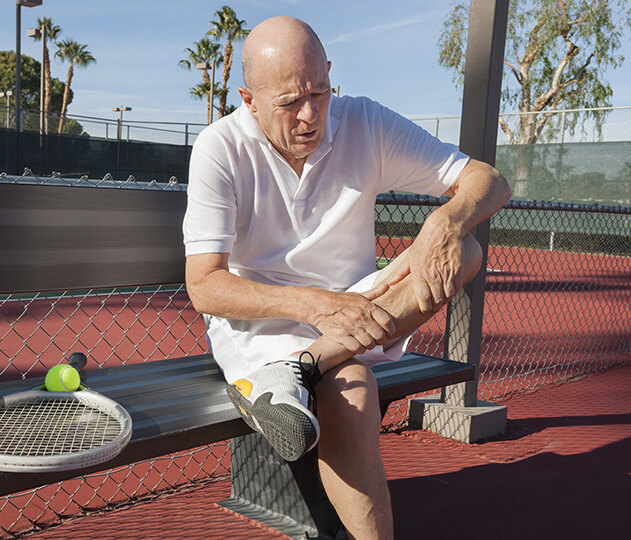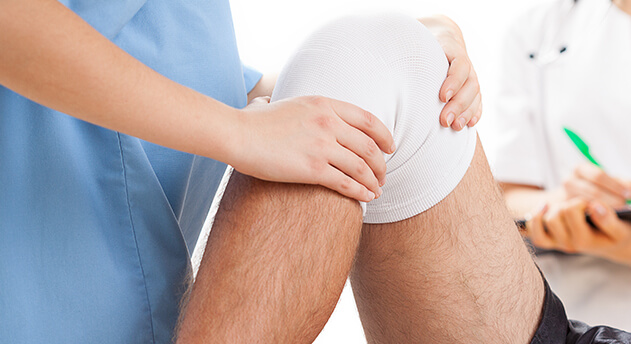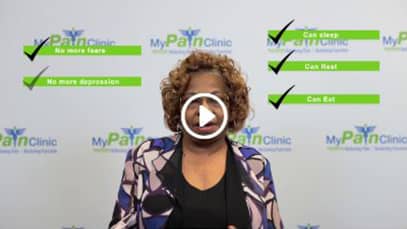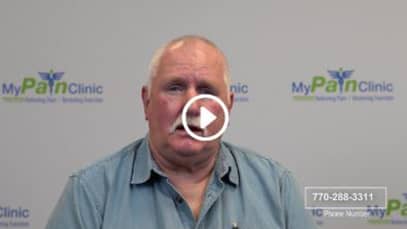The human leg, in the general meaning, is the entire lower limb of the human body, including the foot, thigh and even the hip or gluteal region. However, the definition in human anatomy refers only to the section of the lower limb extending from the knee to the ankle, also known as the crus. Legs are used for standing, and all forms of locomotion including recreational such as dancing, and constitute a significant portion of a person’s mass. Leg is the one of the most important limbs of the human body and it is the biggest limb of the human body by weight and by size. The pair of legs on the human body is so massive that it makes up for most of the weight of the whole human body. It also houses the largest muscle of the human body. The whole pair of legs is used for locomotion. If legs suffer pain walking, running and other uses of legs can be made completely redundant. So it is best advised that any kind of leg pain should be relieved. Medication and treatment should be carried out as soon as a symptom of leg pain becomes apparent.

Causes
Most leg pain results from wear and tear, overuse, or injuries in joints or bones or in muscles, ligaments, tendons or other soft tissues. Some types of leg pain can be traced to problems in your lower spine. Leg pain can also be caused by blood clots, varicose veins or poor circulation.
- Night leg cramps
- Achilles tendon rupture
- ACL injury (tearing of the anterior cruciate ligament in your knee)
- Ankylosing spondylitis
- Baker’s cyst
- Bone cancer
- Broken leg
- Bursitis (joint inflammation)
- Chronic exertional compartment syndrome
- Claudication
- Deep vein thrombosis (DVT)
- Gout (arthritis related to excess uric acid)
- Growing pains
- Growth plate fractures
- Hamstring injury
- Herniated disk
- Infection
- Juvenile idiopathic arthritis (formerly known as juvenile rheumatoid arthritis)
- Knee bursitis (inflammation of fluid-filled sacs in the knee joint)
- Posterior cruciate ligament injury
- Legg-Calve-Perthes disease
- Meralgia paresthetica
- Muscle cramp
- Muscle strain
- Osgood-Schlatter disease
- Osteoarthritis (disease causing the breakdown of joints)
- Osteochondritis dissecans
- Osteomyelitis (a bone infection)
- Paget’s disease of bone
- Patellar tendinitis
- Posterior cruciate ligament injury
- Pseudogout
- Psoriatic arthritis
- Reactive arthritis
- Rheumatoid arthritis (inflammatory joint disease)
- Sacroiliitis
- Sciatica
- Septic arthritis
- Shin splints
- Spinal stenosis
- Sprains
- Stress fractures
- Tendinitis
- Thrombophlebitis (a blood clot that usually occurs in the leg
- Patellofemoral pain syndrome
- Peripheral artery disease
- Peripheral neuropathy
Diagnosis
At MyPainClinic our experienced and well qualified doctors have all the adequate experience to accurately diagnose their patients’ pain. Accurate diagnosis of the cause of the patient’s leg pain will be made if the patient is able to provide clear information about the nature of their pain and symptoms.Clear, descriptive terms that will help inform an accurate diagnosis include the following:
- Position or path of the pain as it radiates down the leg
- Body position when pain occurs
- Sensation (e.g. aching, tingling, shooting, lancinating, burning pain)
- Frequency (e.g. occasional, getting more frequent, constant)
- Description of what makes the pain feel better or worse
This information, as part of a comprehensive patient history, combined with a physical exam and diagnostic tests (such as MRI scan, CT myelography, etc.), allows a spine specialist to more accurately isolate the probable causes of spine-related leg and foot pain and outline potential treatment options.

Symptoms
These are the many symptoms that a person is likely to feel if he/ she is suffering from leg pain:
- Weakness
- Numbness
- Throbbing
- Cramps
- Aching
- A tingling sensation, may accompany leg pain.
Diabetic neuropathy (nerve damage from diabetes) is a common cause of tingling, burning, and numbness in the legs that can at times be painful. As soon as a person experiences these sensations he/ She must quickly consult a doctor.
Non-surgical Treatment
Rest: to prevent further injury and allows healing time to reduce swelling.
Ice: to reduces swelling, inflammation, and pain. Applied for up 20 minutes wrapped in a cloth, not directly on the skin.
Compression: use an elastic bandage, firmly but not tightly wrapped, to reduce swelling and pain.
Elevation: lift the leg above the level of the heart so that gravity assists with draining, to reduce swelling and pain.
Drugs such as acetaminophen or non-steroidal anti-inflammatory drugs can help with some pain, but if pain persists for more than 72 hours, specialist medical advice should be sought. Consult a doctor as soon as possible if these procedures don’t help and the pain intensifies.








